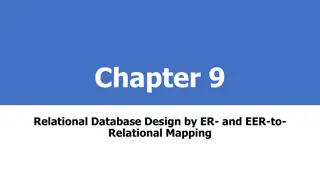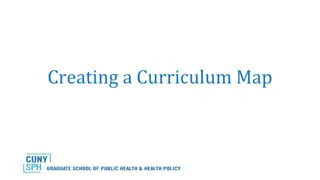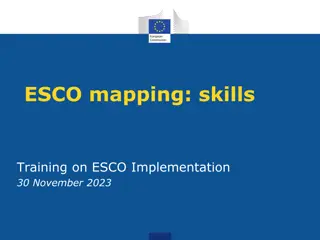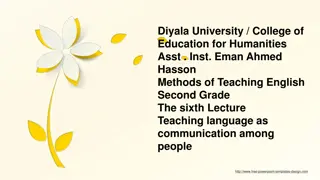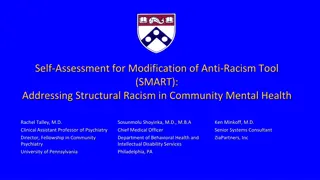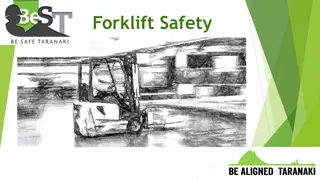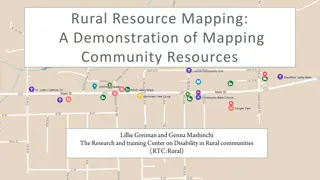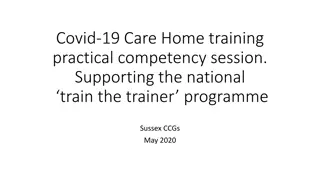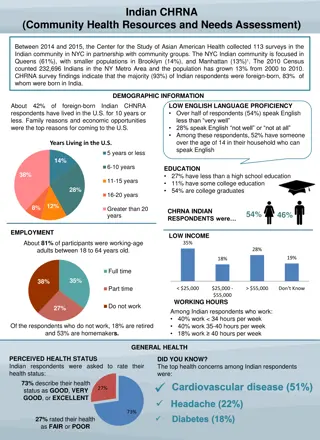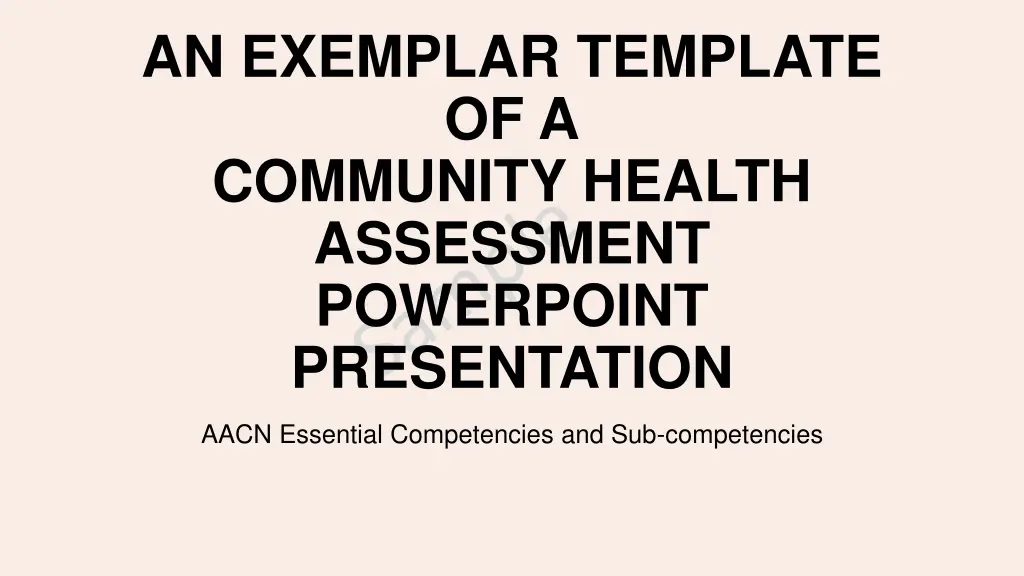
Community Health Assessment Presentation: AACN Competencies & Sub-competencies
Discover an exemplar template for a community health assessment PowerPoint presentation focusing on AACN Essential Competencies and Sub-competencies. Learn about the purpose, data sources, theoretical framework, community core, history, demographics, ethnicity, values and beliefs, and physical environment. Engage with the learning objectives set for nursing students and instructors.
Download Presentation

Please find below an Image/Link to download the presentation.
The content on the website is provided AS IS for your information and personal use only. It may not be sold, licensed, or shared on other websites without obtaining consent from the author. If you encounter any issues during the download, it is possible that the publisher has removed the file from their server.
You are allowed to download the files provided on this website for personal or commercial use, subject to the condition that they are used lawfully. All files are the property of their respective owners.
The content on the website is provided AS IS for your information and personal use only. It may not be sold, licensed, or shared on other websites without obtaining consent from the author.
E N D
Presentation Transcript
AN EXEMPLAR TEMPLATE OF A COMMUNITY HEALTH ASSESSMENT POWERPOINT PRESENTATION AACN Essential Competencies and Sub-competencies
Title of the Community Health Assessed (Include a Picture) Nursing Students: Instructor: College/School Name:
LEARNING OBJECTIVES At the end of the presentation, participants will: List the learning objectives.
PURPOSE Describe the purpose of the community assessment.
DATA SOURCE Describe the assessment strategies/methods used: Windshield Survey Key Informant Interviews Vital Statistics
THEORETICAL FRAMEWORK Describe the Theoretical Framework used in the assessment. Example: The Community-As-A Partner Model (CAP).
In the next slides describe the Community CORE of the CAP model.
HISTORY Include a brief description of the History. Include picture(s). Include data, if available.
DEMOGRAPHICS Include a brief description of the Demographics Include picture(s). Include data, if available.
ETHNICITY Include a brief description of the Ethnicity Include picture(s). Include data, if available.
VALUES AND BELIEFS Include a brief description of the Values and Beliefs. Include picture(s). Include data, if available.
PHYSICAL ENVIRONMENT Include a brief description of the Physical Environment. Include picture(s). Include data, if available.
HEALTH AND SOCIAL SERVICES Include a brief description of the Health and Social Services. Include picture(s). Include data, if available.
ECONOMICS Include a brief description of the Economics. Include picture(s). Include data, if available.
TRANSPORTATION AND SAFETY Include a brief description of the Transportation and Safety. Include picture(s). Include data, if available.
GOVERNMENT AND POLITICS Include a brief description of the Government and Politics. Include picture(s). Include data, if available.
COMMUNICATION Include a brief description of the Communication. Include picture(s). Include data, if available.
EDUCATION Include a brief description of the education. Include picture(s). Include data, if available.
RECREATION Include a brief description of the Recreation. Include picture(s). Include data, if available.
COMMUNITY PROBLEM Describe the community problem identified from the assessment data.
COMMUNITY NURSING DIAGNOSIS Write down your chosen Community Nursing Diagnoses (Choose one). A community nursing diagnosis should be written for each selected priority and include these four parts: Risk of: Identifies a specific problem or health risk faced by the community. Among: Identifies the specific community aggregate with whom the nurse will be working in relation to the identified problem or risk. Related to: Describes characteristics of the community. Evidenced by: Describes the evidence to support the diagnosis.
PUBLIC HEALTH INTERVENTIONS Describe the public health intervention wheel. Include a picture diagram of the wheel.
PROPOSED PUBLIC HEALTH INTERVENTIONS Describe your proposed public health interventions from the intervention wheel. e.g., teaching, community outreach, etc. Identify the level of practice: individual, family, community or systems. Identify level of prevention.
LIST THE COMPLETED PUBLIC HEALTH INTERVENTIONS Describe your completed public health interventions from the intervention wheel. e.g., teaching, community outreach, health screening, contact tracing, etc. Identify the level of practice: individual, family, community or systems. Identify level of prevention.
EVALUATION OF INTERVENTIONS Describe the evaluation plan for the proposed interventions. Describe the actual evaluation on the completed interventions . Include Quantitative and Qualitative feedback data (if available).
GROUP REFLECTION Write a brief reflection on the overall clinical experience. Use quotes from the students.
REFERENCES Include the reference list. Appropriately format the list as per college/school formatting style (e.g., APA style).
Q & A SESSION Include a question-and-answer session. Thank the participants (i.e., invited key stakeholders)




